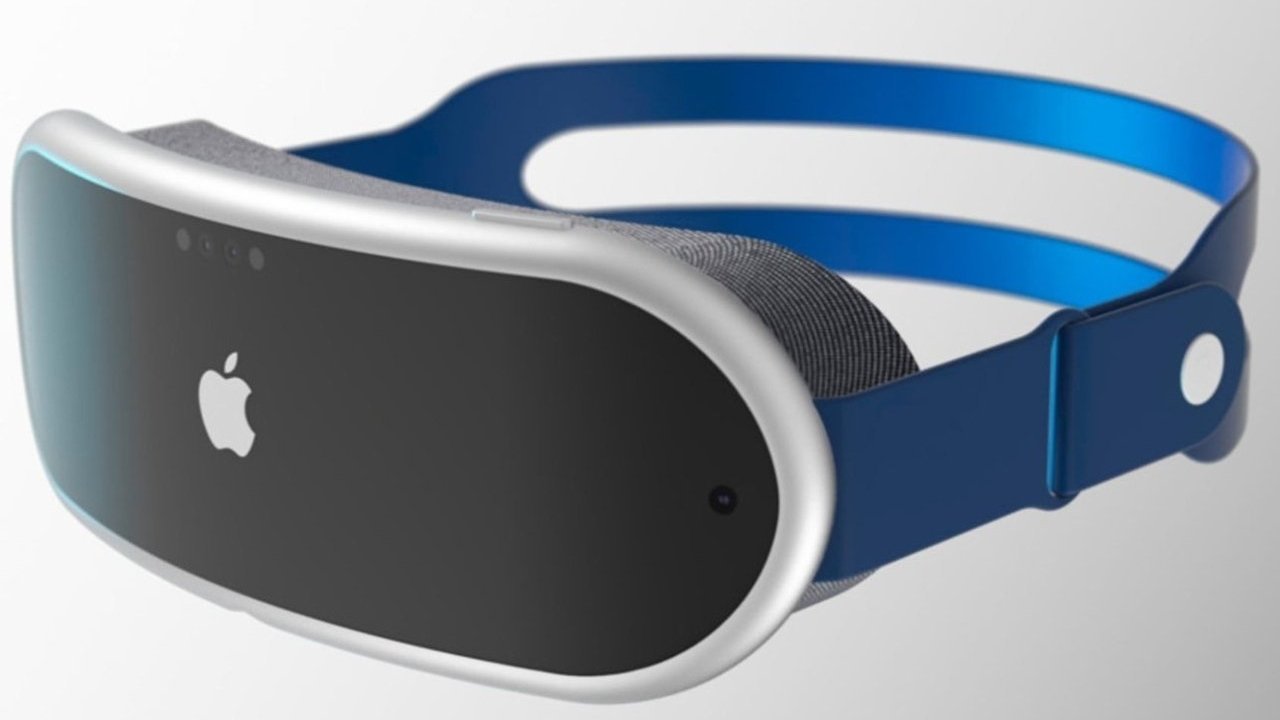Apple is reportedly planning to release a second-generation AR/VR headset in 2025, and it will come in two models: a high-end and a low-end version. This is according to a report by Apple analyst Ming-Chi Kuo, who has a long track record of accurate predictions about Apple products.
The high-end model of the headset will be more powerful and feature a higher resolution display than the low-end model. It will also have more sensors and cameras, which will allow for more immersive experiences.
The low-end model will be more affordable and will be aimed at a wider range of consumers.
Kuo believes that Apple's second-generation AR/VR headset will be a major success, and that it could help the company to capture a significant share of the growing AR/VR market.
Here are some additional details about the two models:
High-end model:
- 4K OLED displays
- Powerful processor
- Wide range of sensors
- Price: $3,000
Low-end model:
- Lower-resolution displays
- Less powerful processor
- Smaller range of sensors
- Price: $1,000
Both models of the headset will be powered by Apple's own custom chip, and they will run on a new version of the company's operating system, iOS. The headsets will also be compatible with Apple's other products, such as the iPhone and the Mac.
Apple has been working on AR/VR technology for several years, and the company is reportedly planning to make a major push into the market in the coming years. The release of the second-generation AR/VR headset in 2025 will be a major step in that direction.

What to expect from Apple's second-generation AR/VR headset
Based on Kuo's report, here are some of the things we can expect from Apple's second-generation AR/VR headset:
- It will be powered by Apple's own custom chip.
- It will run on a new version of iOS.
- It will be compatible with Apple's other products, such as the iPhone and the Mac.
- It will have a high-resolution display.
- It will have more sensors and cameras.
- It will be more immersive than the first-generation headset.
- It will be more affordable than the first-generation headset.
Here are some reasons why Kuo believes that Apple's second-generation AR/VR headset will be a success:
The growing AR/VR market: The AR/VR market is expected to grow rapidly in the coming years, and Apple is well-positioned to capture a significant share of this market.
Apple's brand reputation: Apple has a strong brand reputation, and this will help to drive demand for its AR/VR headset.
Apple's track record of innovation: Apple has a long history of innovation, and this will help to ensure that its AR/VR headset is a cutting-edge product.
The future of AR/VR
Apple's second-generation AR/VR headset is a major step forward for the technology. It will be more powerful, more immersive, and more affordable than the first-generation headset. This will make it more accessible to a wider range of consumers, and it will help to accelerate the growth of the AR/VR market.
AR/VR is a promising technology with the potential to revolutionize the way we interact with the world around us. Apple's second-generation headset is a sign that the company is serious about AR/VR, and it could help to make the technology mainstream.
Here are some of the potential applications for Apple's second-generation AR/VR headset:
- Gaming: The headset could be used for gaming, providing a more immersive and realistic experience than traditional gaming.
- Education: The headset could be used for education, providing students with a more interactive and engaging learning experience.
- Work: The headset could be used for work, providing employees with a more efficient and productive way to work.
- Entertainment: The headset could be used for entertainment, providing users with a new way to watch movies, TV shows, and play games.
The second-generation AR/VR headset has the potential to revolutionize the way we interact with the world around us. It could make AR/VR technology more accessible and affordable, and it could open up new possibilities for gaming, education, work, and entertainment.
















